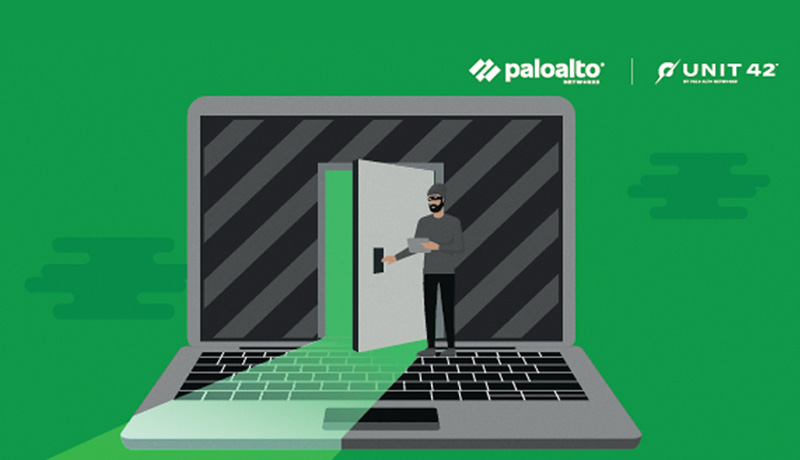
By Robert Falcone, Jeff White and Peter Renals
The US Cybersecurity and Infrastructure Security Agency (CISA) released an alert warning that advanced persistent threat (APT) actors were actively exploiting newly identified vulnerabilities in self-service password management and single sign-on solution known as ManageEngine ADSelfService Plus.
The alert explained that malicious actors were observed deploying a specific webshell and other techniques to maintain persistence in victim environments; however, we observed a second unrelated campaign carry out successful attacks against the same vulnerability in the days that followed.
As early as Sept. 17 the actor leveraged leased infrastructure in the United States to scan hundreds of vulnerable organizations across the internet. Subsequently, exploitation attempts began on Sept. 22 and likely continued into early October. The actor successfully compromised at least nine global entities across the technology, defense, healthcare, energy, and education industries during that window.
Following initial exploitation, a payload was uploaded to the victim network which installed a Godzilla webshell. This activity was consistent across all victims; however, we also observed a smaller subset of compromised organizations who subsequently received a modified version of a new backdoor called NGLite. The threat actors then used either the webshell or the NGLite payload to run commands and move laterally to other systems on the network, while they exfiltrated files of interest simply by downloading them from the web server. Once the actors pivoted to a domain controller, they installed a new credential-stealing tool that we track as KdcSponge.
Both Godzilla and NGLite were developed with Chinese instructions and are publicly available for download on GitHub. We believe threat actors deployed these tools in combination as a form of redundancy to maintain access to high-interest networks. Godzilla is a functionality-rich webshell that parses inbound HTTP POST requests, decrypts the data with a secret key, executes decrypted content to carry out additional functionality and returns the result via a HTTP response. This allows attackers to keep code likely to be flagged as malicious off the target system until they can dynamically execute it.
Its author characterizes NGLite as an “anonymous cross-platform remote control program based on blockchain technology.” It leverages New Kind of Network (NKN) infrastructure for its command and control (C2) communications, which theoretically results in anonymity for its users. It’s important to note that NKN is a legitimate networking service that uses blockchain technology to support a decentralized network of peers. The use of NKN as a C2 channel is very uncommon. We have seen only 13 samples communicating with NKN altogether – nine NGLite samples and four related to a legitimate open-source utility called Surge that uses NKN for file sharing.
Finally, KdcSponge is a novel credential-stealing tool that is deployed against domain controllers to steal credentials. KdcSponge injects itself into the Local Security Authority Subsystem Service (LSASS) process and will hook specific functions to gather usernames and passwords from accounts attempting to authenticate to the domain via Kerberos. The malicious code writes stolen credentials to a file but is reliant on other capabilities for exfiltration.
Palo Alto Networks customers are protected against this campaign through the following: